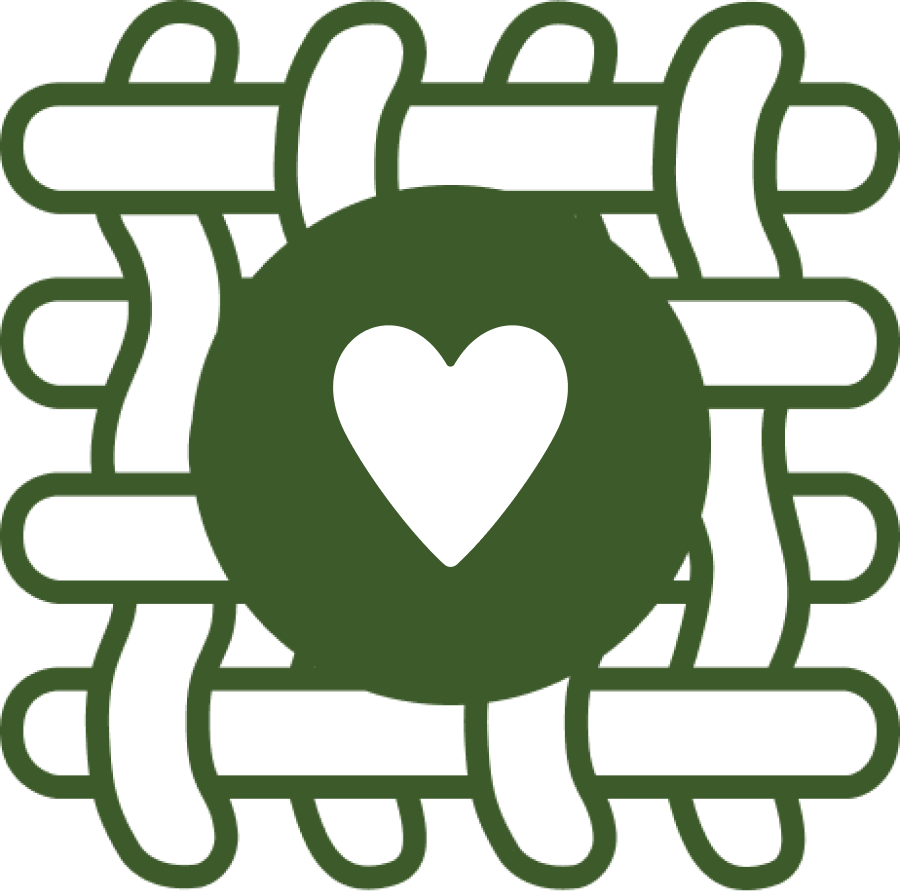Sewing w/ Knits
What is a knit?
For the most part, fabrics fall into one of two categories: knit or woven. A woven fabric is, well, woven. It has a warp and weft that create a grid. Knits are made from a series of loops. Woven fabrics are considered to be easier to sew with because they are more stable and less prone to puckering. Knits can stretch and move easier making them a bit more tedious to work with.
There are a lot of different types of knits (double knit, 2-Way Stretch, 4-Way Stretch, rib knit, etc) and some will be easier to work with than others. Thinner, super stretchy, and slinky knits tend to be a bit more difficult to work with.
Tools of the Trade
Ballpoint / Stretch Needle: This is crucial. A stretch or ballpoint needle will be able to stitch the fabric without snagging and causing it to pucker.
Lightweight Interfacing: If you want perfection, fusing a lightweight interfacing on the edges of your pieces before sewing them will stabilize your knit fabric and make it easier to sew.
Polyester Thread: This won't make a huge difference, but polyester thread is preferred when sewing with knits because it has more give than threads made from natural fibers.
Stitches + Seams
You don't need a serger to sew with knits, but it certainly doesn't hurt ;). All of your stitches will need to be able to stretch with your fabric. But don't worry, there are a lot of different machine stitches that have stretch in them. The most common is the classic zig zag stitch. Check your sewing machine's manual for any other specialty stitches you might have.
The good news with knits is that they don't fray. This means that you don't have to worry about seam finishes. Once you've got them stitched together you are more or less good to go!
Getting Down to Business
There are a few things to consider before/while you're sewing with knits:
- Test your stitches - Do a few tests stitches with a scrap of your fabric. Knits are prone to puckering, so play with your stitch selection/tension until your stitches are lying flat and looking neat
- Don't pull - If your fabric isn't feeding through your machine properly, check your tension. If you pull your fabric through you will stretch the fabric and it will create a wavy, bulgy seam.




